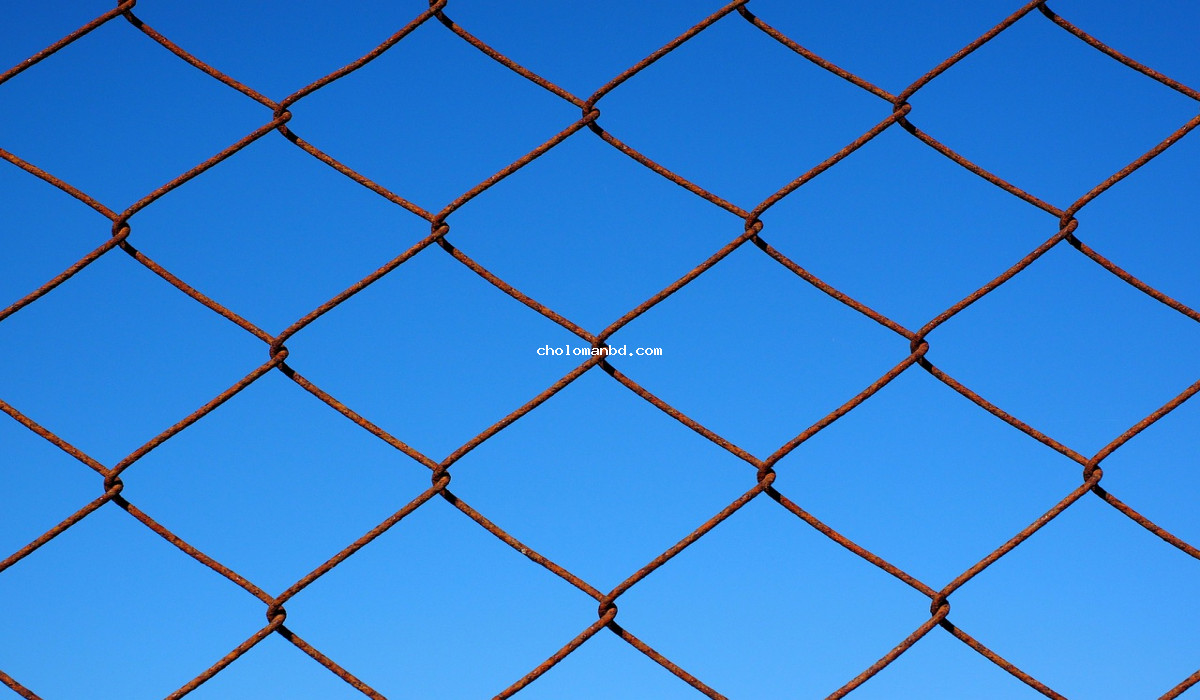Empowering Marginalized Communities in Bangladesh: Breaking Down Barriers to Education. Empowering marginalized communities in Bangladesh by improving access to education. Discover how we’re breaking down barriers for those in need. Join us in our mission today! #EducationForAll #Bangladesh #Empowerment
Empowering Marginalized Communities in Bangladesh: Breaking Down Barriers to Education Empowering marginalized communities
Breaking Down Barriers: Improving Access to Education for Marginalized Communities in Bangladesh
In a country like Bangladesh, access to education is a fundamental human right. However, for marginalized communities, this right is often hindered by various barriers. These communities, including indigenous peoples, low-income families, and girls, face numerous challenges in accessing quality education, leaving them at a disadvantage and perpetuating the cycle of poverty. In this blog post, we will explore the various barriers to education faced by marginalized communities in Bangladesh and discuss how efforts are being made to break down these barriers and improve access to education for all.
Challenges faced by marginalized communities in accessing education
Poverty and financial constraints: One of the biggest barriers to education for marginalized communities in Bangladesh is poverty. Families struggling to make ends meet often prioritize other basic needs such as food and shelter over education. As a result, children from these families are forced to drop out of school or are never enrolled in the first place. This further perpetuates the cycle of poverty, as education is a key factor in breaking the cycle.
Cultural and social norms: Societal attitudes and cultural norms can also hinder access to education for marginalized communities. In Bangladesh, girls are often expected to stay at home and take care of household chores instead of attending school. Similarly, indigenous communities face discrimination and are often excluded from mainstream society, making it difficult for them to access education.
Lack of infrastructure: Many marginalized communities in Bangladesh live in remote areas with limited or no access to educational facilities. This lack of infrastructure, including schools, makes it challenging for children to attend school, especially during monsoon season when roads and bridges become inaccessible. Inadequate transportation and unsafe paths to school are also significant barriers for these communities.
Lack of quality education: Even if children from marginalized communities manage to attend school, they often face substandard education due to inadequate resources and untrained teachers. This not only affects the quality of education received but also limits future opportunities for these children.
Efforts to improve access to education for marginalized communities
To address the various barriers to education faced by marginalized communities in Bangladesh, several initiatives have been introduced by the government, NGOs, and other organizations. These efforts aim to make quality education more accessible and inclusive for all.
Free education for underprivileged children: The government of Bangladesh launched the primary education stipend program in 2002, providing stipends to children from low-income families to cover the costs of attending primary school. This has helped to reduce the financial burden on families and increase enrollment rates for underprivileged children.
Building schools in remote areas: To address the issue of limited infrastructure, the government and NGOs have been working together to build schools in remote areas, making education more accessible for marginalized communities.
Empowering girls through education: To combat cultural and social norms, various programs have been implemented to empower girls and encourage them to attend school. These include efforts to change mindsets and build awareness around the importance of girls’ education and providing incentives to families to enroll their daughters in school.
Improving the quality of education: Training and development programs have been introduced to equip teachers with the necessary skills and resources to provide quality education to students from marginalized communities. This is helping to improve students’ learning outcomes and providing them with better opportunities for their future.
Frequently Asked Questions
What are some of the challenges faced by marginalized communities in accessing education in Bangladesh?
Some of the major challenges faced by marginalized communities in accessing education in Bangladesh include poverty, cultural and social norms, lack of infrastructure, and inadequate quality of education.
How has the government of Bangladesh addressed the issue of financial constraints for underprivileged children?
The government of Bangladesh launched the primary education stipend program in 2002, providing stipends to children from low-income families to cover the costs of attending primary school.
What efforts have been made to make education more accessible for marginalized communities in remote areas?
The government and NGOs have been working together to build schools in remote areas, making education more accessible for marginalized communities.
What programs have been implemented to empower girls and encourage them to attend school in Bangladesh?
Several programs have been introduced to empower girls and encourage them to attend school, such as changing mindsets, building awareness, and providing incentives to families.
What steps have been taken to improve the quality of education for marginalized communities in Bangladesh?
Training and development programs have been introduced to equip teachers with the necessary skills and resources to provide quality education to students from marginalized communities.
